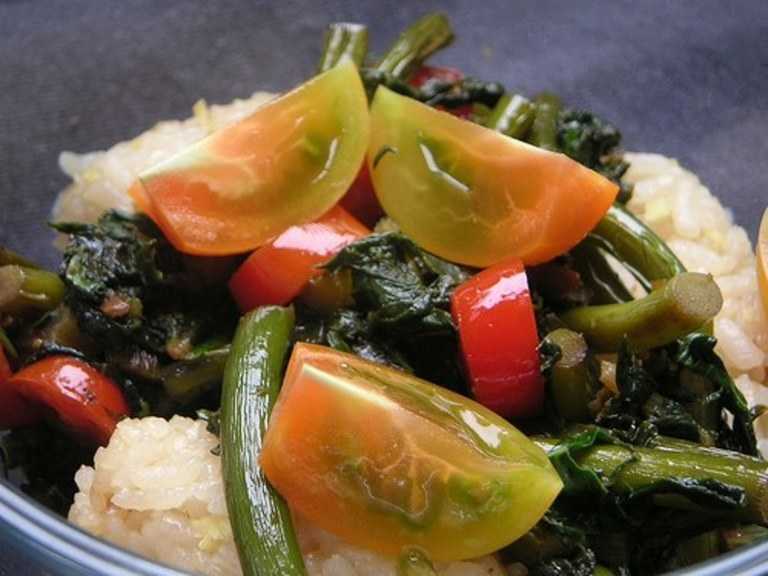How to Store Fresh Herbs
Everyone knows that fresh herbs can take an ordinary recipe and make it into a special culinary meal! Whether you grow your own herbs, get a few at the local farmer’s market or buy them at the supermarket, fresh herbs add bright color and a depth of flavor to all your dishes! We are going to teach you how to store fresh herbs, so you can use them all year long.
Meats, casseroles, eggs, salads, soups, sauces, gravies and even desserts are all leveled up when herbs are added, either as an ingredient or a garnish. Tuck a few sprigs of rosemary or thyme into a casserole dish and roast it with chicken, pork or beef along with some fresh vegetables. Or, chop up some basil and add it to a simmering marinara sauce! Mint is a perfect garnish for a cocktail or dessert, and thyme and oregano are fragrant and decorative when baked into savory breads.
Since there are so many wonderful ways to use fresh herbs, what is the best way to preserve them so they can be used all year long? Let's take a look.
What to Look for When Choosing Fresh Herbs
This is the basic rule of thumb for all fresh herbs: look for healthy stems that are firm and free from moisture and discoloration. Leaves should be firm and plump, not bruised or limp. The best way to tell if herbs are fresh is by their smell! They should be aromatic! The most aromatic herbs are rosemary, basil, lavender and lemon balm, but even the more subtle aromas from thyme, oregano and sage should be detectable.
How to Clean Fresh Herbs
Handle herbs by the bunch at the base of the stems. Holding them upside down, gently shake any loose dirt. For larger-leafed herbs, like basil and sage, remove the leaves from the stems and place them in a salad spinner after rinsing them. Always remove the leaf from the stem before using. If rinsing is required, place them under running water and pat them dry with a paper towel. Pinch off any leaves or stems that don’t look fresh.
Basic Herb Storage
1. Mason Jar Storage
When it comes down to the basics of how to store fresh herbs, you can buy an herb keeper, but all you really need is a small glass or mason jar. Add about 1 to 2 inches of water to the bottom and stand herbs upright in the jar and keep it in the refrigerator. This works great for basil, rosemary, sage, parsley and lavender. Change the water every two days. If your kitchen windowsill is out of direct sunlight, herbs stored like this can be kept on your windowsill for a really cute decoration!
2. Paper Towel Storage
For herbs that are more delicate, like thyme, oregano and mint, roll them up into a damp paper towel and keep them in a plastic produce bag in the refrigerator. Dampen the towel every couple of days to make sure the herbs stay hydrated.
3. Ice Cube Tray Storage
This is a great storage idea for saving a surplus of herbs, so you use them all year round for sauces, soups and sautés! Simply chop up the herbs in the size that you would use them for and spread equal amounts in ice cube tray sections. (It is a good idea to have a dedicated ice cube tray, so the flavors don’t permeate when you want to make ice cubes.) Then, fill each section with your preferred oil. Once the cubes are frozen, pop them into a zippered bag, label with the date and freeze them up to six months. When the time comes, just add a cube or two to your recipe for a little punch of flavor!
4. Drying Herbs
There are two main ways to dry herbs, and both are equally effective. However, the freezer method may alter the color a bit (though the flavor will be the same).
To freeze dry herbs, spread cleaned and dried herbs on a baking sheet, being sure the pieces don’t touch. Once frozen, place them into zippered bags with the date on them. Pull out one or two sprigs as needed.
To dry fresh herbs, make sure they are cleaned and dried. Tie the herbs in small bundles and hang them upside down in a dry, dark place (think pantry closet). Once they are dried, crush or grind them and store them in small, labeled jars with tight-fitting seals. This method is similar to microwave-drying, but this method yields a more consistent result because sometimes microwaves can cook the herbs.
No Fresh Herbs? Here’s the Ratio for Using Dried
Depending on where you live or the time of year, sometimes fresh herbs are hard to find. If your recipe calls for fresh herbs and you can’t find any, pre-dried herbs in jars will work just as well. Since dried herbs are usually crushed and more concentrated than fresh, the ratio is 1 tablespoon of fresh to 1 teaspoon of dried. So, if your recipe calls for 1 tablespoon of fresh, chopped rosemary, then use 1 teaspoon of dried rosemary. This equivalent works across the board for all herbs.
If you want to learn more about the best methods for storing and keeping produce fresh, check out our blog post on food storage hacks.

